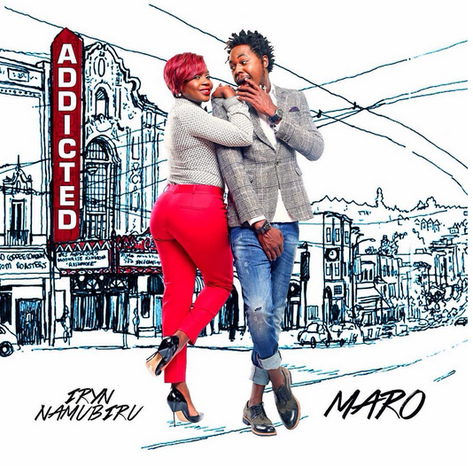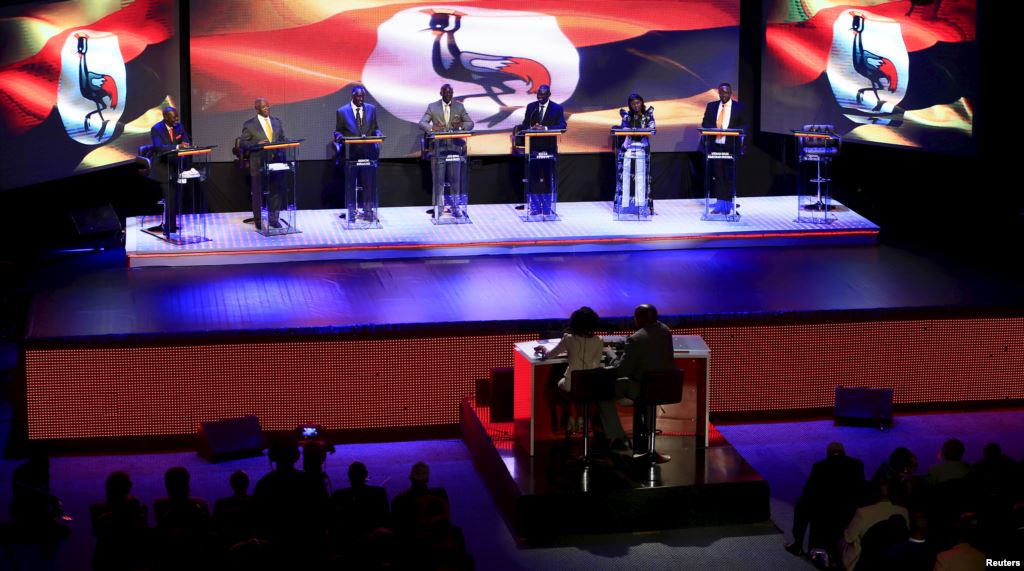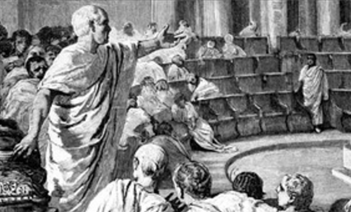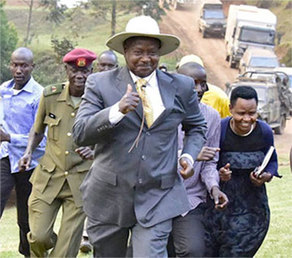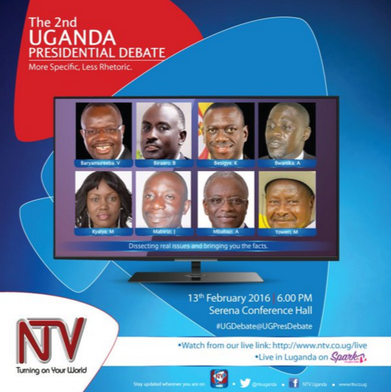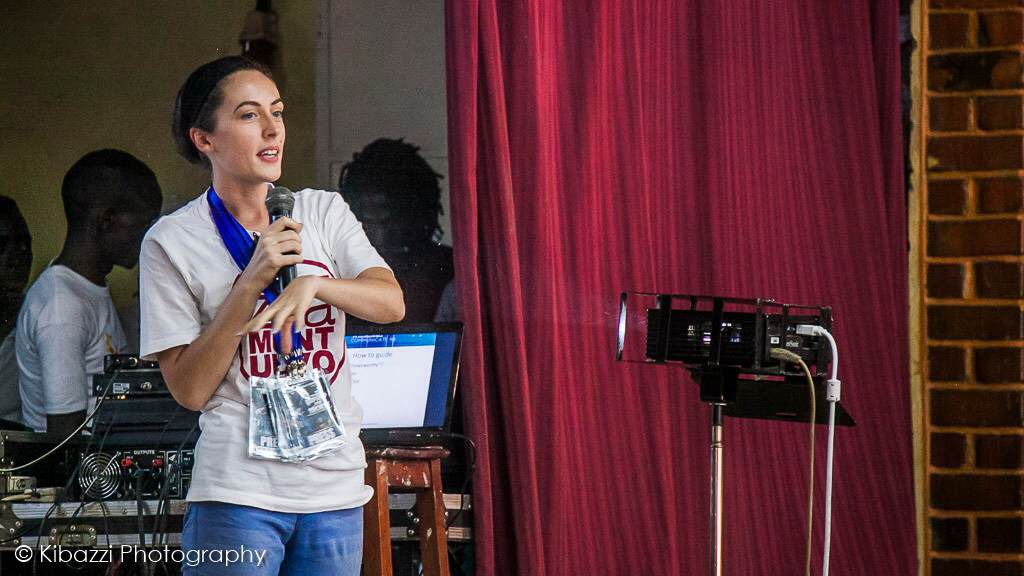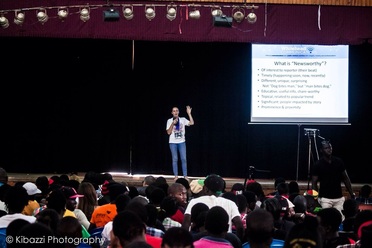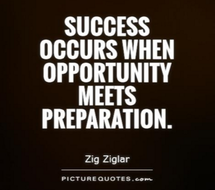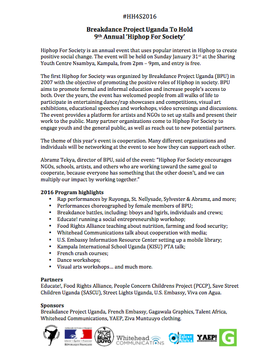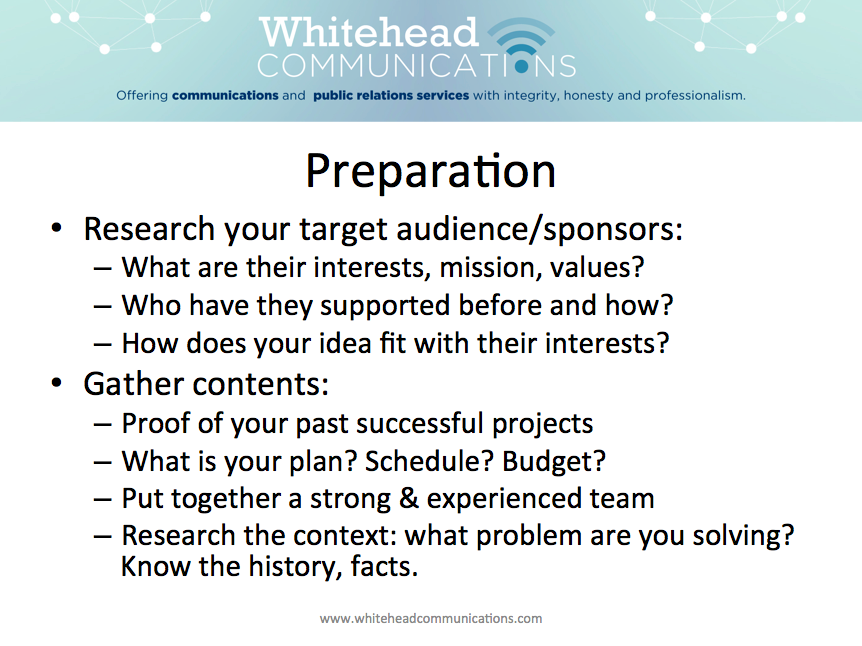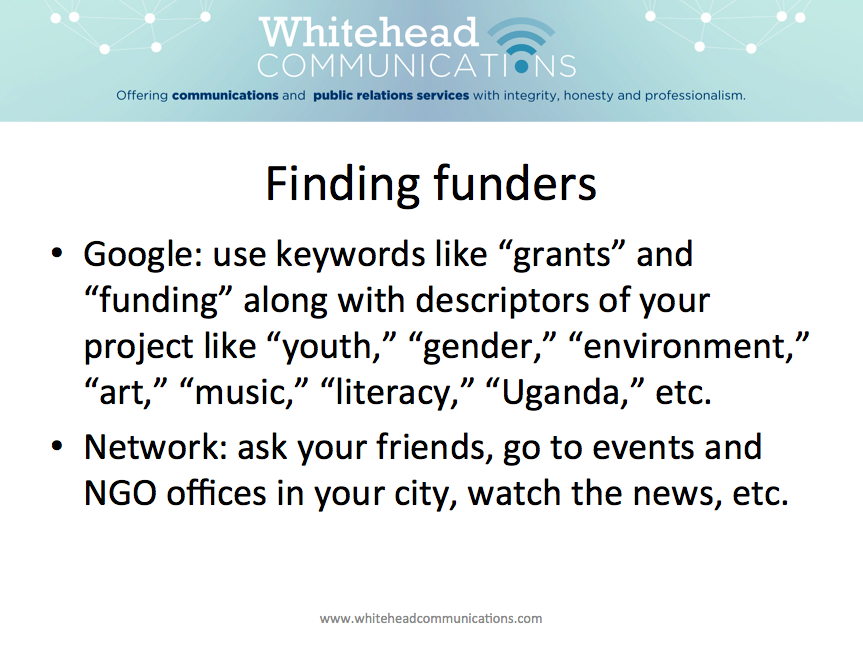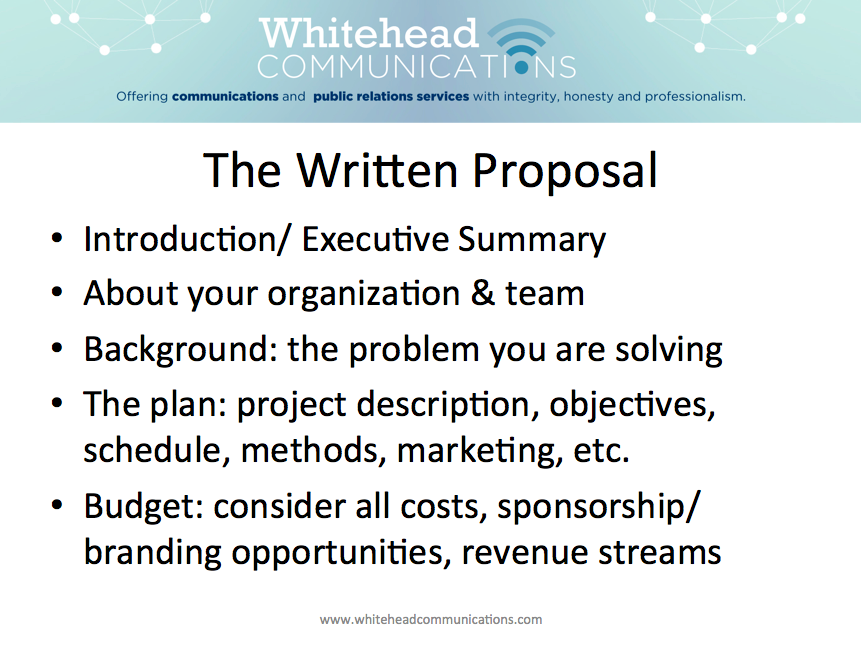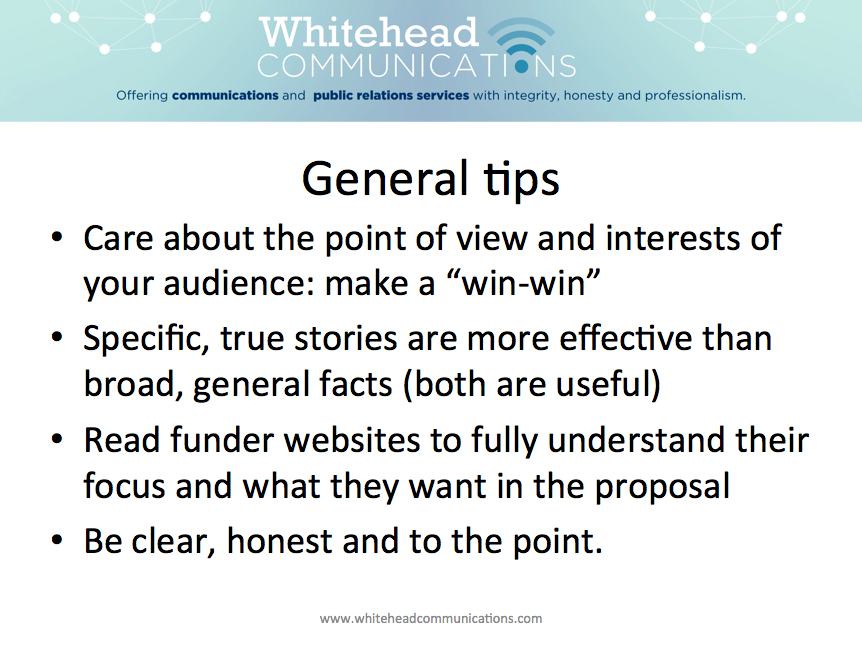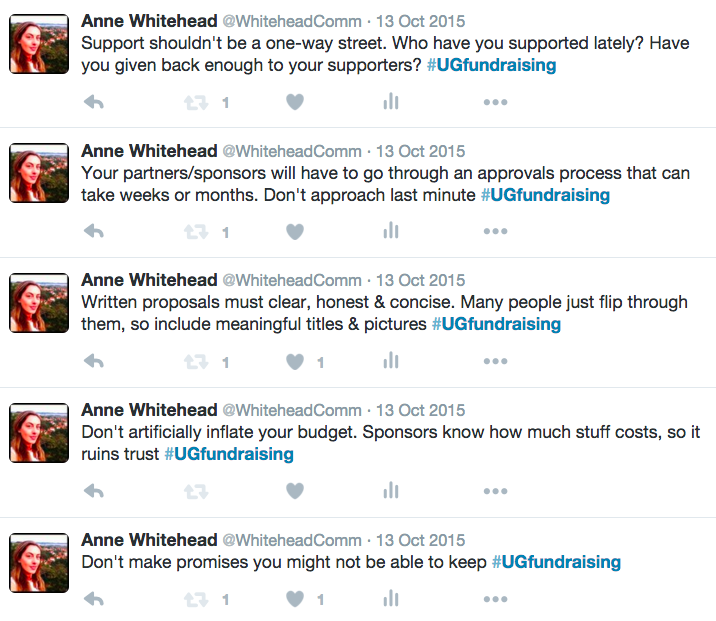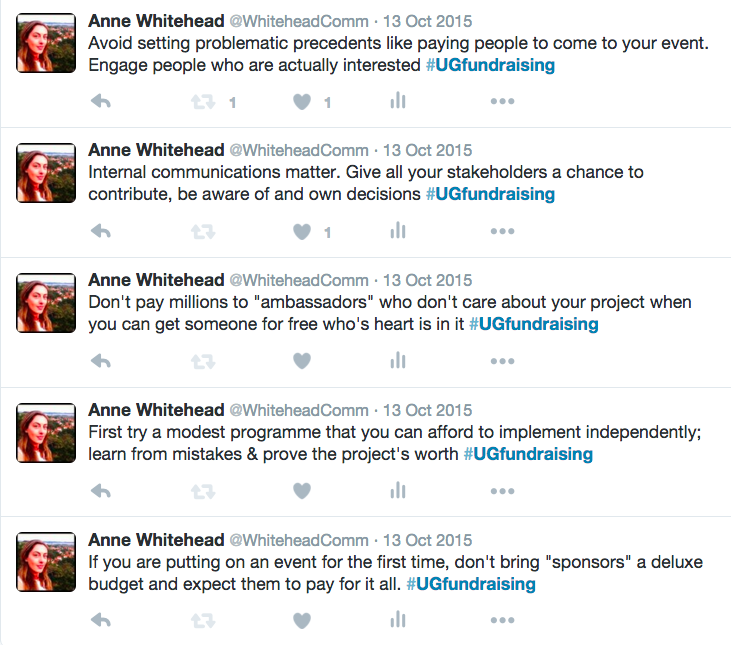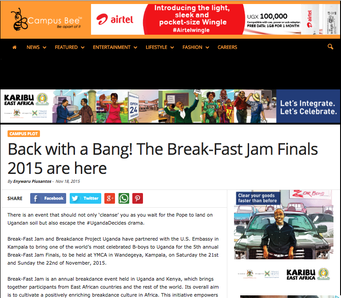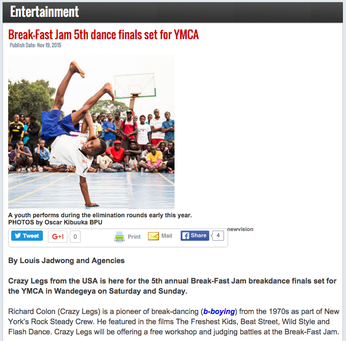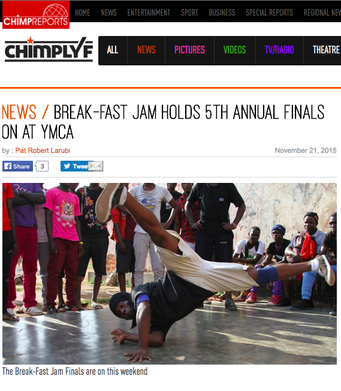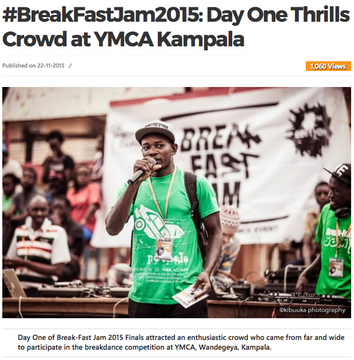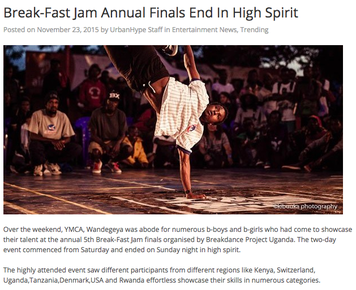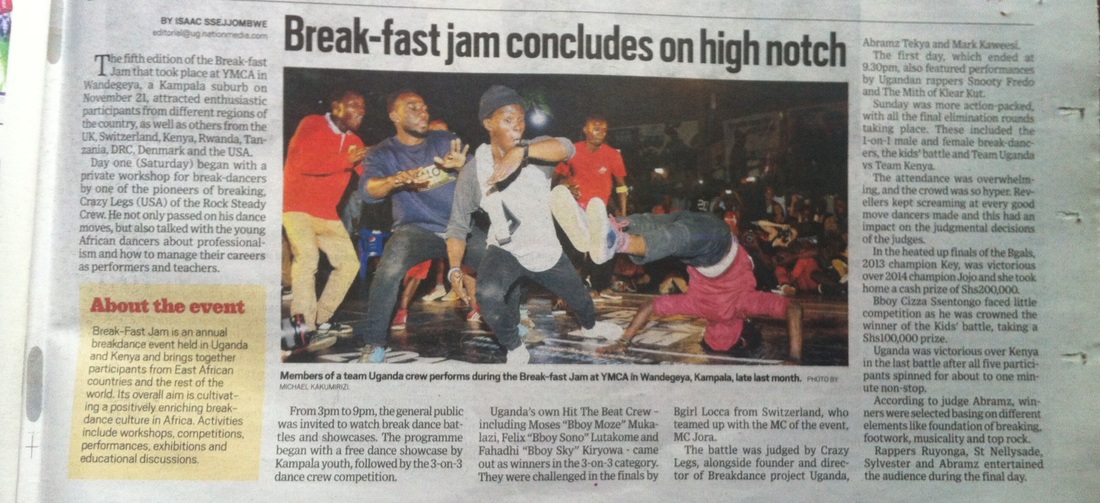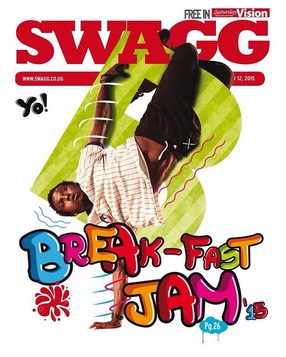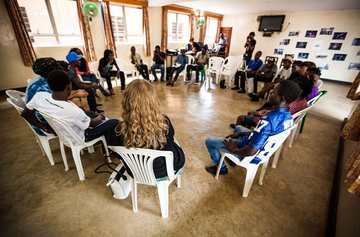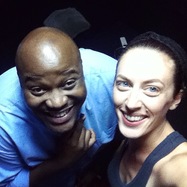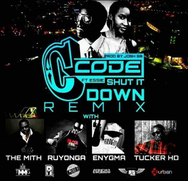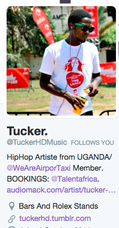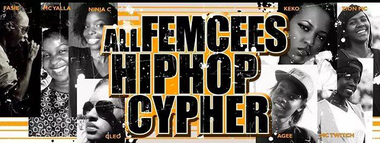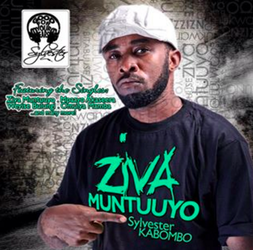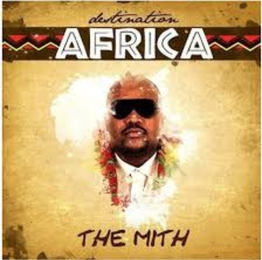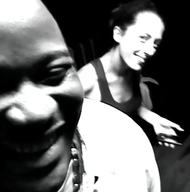Once upon a time, there was a community of frogs,
said Bobi Wine [in my own words],
and as a right of passage, the frogs had to climb a mountain, in a competition to claim the crown at the top. All the frogs heard from their elders that there was an impossible cliff face that no one could pass. Sure enough, every time, when the frogs reached that point they would start falling, and none could reach the top of the mountain.
One time, the frogs were climbing and they began falling off rapidly at the “impossible” cliff face, but one frog maneuvered her way over, reaching a point where no frog had been before, and then she kept hopping right up to the top and claimed the crown.
This frog was deaf, and never heard it was impossible.
Think on that.
[Bobi says this story is from Canada, though I am hearing it from him first.]
said Bobi Wine [in my own words],
and as a right of passage, the frogs had to climb a mountain, in a competition to claim the crown at the top. All the frogs heard from their elders that there was an impossible cliff face that no one could pass. Sure enough, every time, when the frogs reached that point they would start falling, and none could reach the top of the mountain.
One time, the frogs were climbing and they began falling off rapidly at the “impossible” cliff face, but one frog maneuvered her way over, reaching a point where no frog had been before, and then she kept hopping right up to the top and claimed the crown.
This frog was deaf, and never heard it was impossible.
Think on that.
[Bobi says this story is from Canada, though I am hearing it from him first.]

